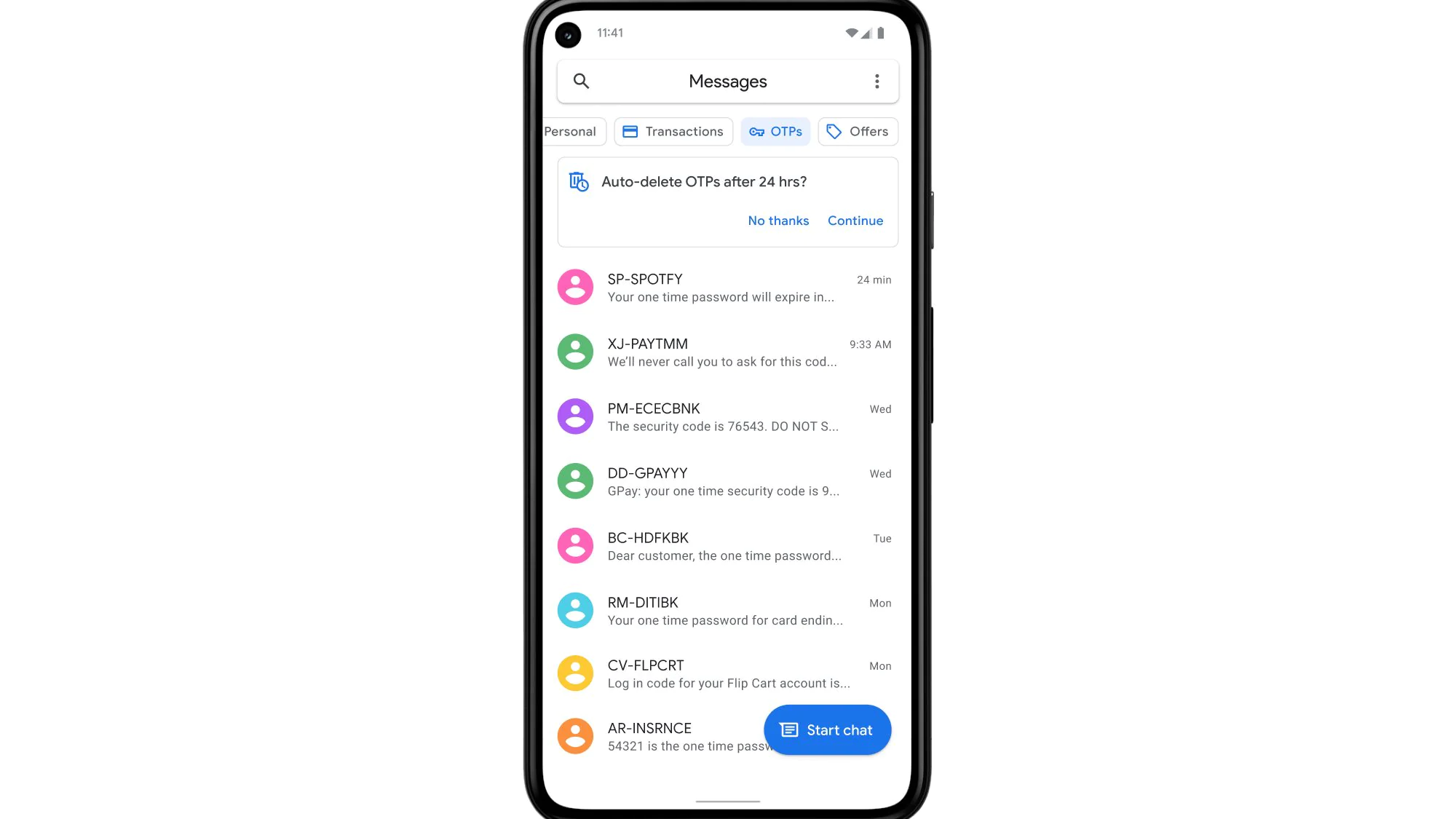A peer review of the jab is expected in two to four months after it was given to scientific journals, Raches Ella Project Lead COVID-19 Vaccines at Bharat Biotech said on Wednesday

An illustration of the COVAXIN COVID-19 vaccine. Image: Bharat Biotech
Bharat Biotech, which is yet to publish the data of Phase 3 trials of its COVID-19 vaccine Covaxin, is also set to conduct a Phase 4 trial of its COVID-19
vaccine Covaxin, is also set to conduct a Phase 4 trial of its COVID-19 vaccine, Covaxin, in order to check the real-world effectiveness.
vaccine, Covaxin, in order to check the real-world effectiveness.
It also expects a peer review of the jab in two to four months after it was given to scientific journals, Raches Ella Project Lead COVID-19 Vaccines at Bharat Biotech said on Wednesday.
Vaccines at Bharat Biotech said on Wednesday.
In a series of tweets, Ella said there were nine publications on Covaxin so far and the efficacy paper of Phase 3 trials would be the tenth one. To remain unbiased, Bharat/ICMR cannot access any data. Our service provider IQVIA has started the final statistical analysis. After submitting efficacy and 2 months of safety to CDSCO (July), it is expected to instantly reach a pre-print server. Peer review takes 2 to 4 months, he tweeted.
According to his tweet, as many as 25,800 participants took part in Phase 3 trials and there were 30 separate forms pertaining to each volunteer amounting to individual data points of 70.4 lakh.
“The last participant (participant #25,800) received the second dose in mid-March, add two months (based on CDSCO/FDA requirements for 2-months post-dose-2 safety follow-up), and we are in mid-May with sufficient data for quality checks and analysis, he said in another tweet.
In the case of Bharat biotech, a controversy had erupted when the Indian government had decided to not wait for the Phase 3 results and grant regulatory approval for rollout. The peer-reviewed version of the said data is still awaited as the Hyderabad-based vaccine manufacturer has proceeded on to the next step, including seeking the World Health Organisation’s nod to roll out the vaccine in other parts of the country.
What are the various phases of vaccine trials?
Phase 1: The first time a new vaccine is tested in humans, it will usually be given to a small group of healthy volunteers with the main objective of determining three things: Is there preliminary evidence that it could prevent the disease or condition; is it reaching the targetted area and staying there long enough to develop immune system response; to evaluate its safety and determine a safe dosage range, and identify side effects.
Phase 2: In this phase, the subject pool is widened to make sure how the vaccine interacts with diverse medical conditions, other drugs, gene pool etc to further calibrate its effectiveness and to further evaluate its safety.
Phase 3: At this stage, the performance of the vaccine in a large group of volunteers is usually compared against another group receiving a placebo or another vaccine candidate. It is important that neither the patients nor the researchers have any idea which volunteers receive the placebo. This is known as double-blind control and is a way to minimise bias in the reporting of the results. This phase helps determine the larger safety implications and efficacy data of the vaccine. Since the subject pool is still larger than the previous phases, it also helps identify side effects or reasons why the treatment should not be given to people with another condition (known as ‘contraindications’).
Regulatory approval and licensure: After the Phase 3 findings confirm the efficacy, contradiction, side effects and safe dosage of the vaccine candidate, the manufacturers need to obtain approval from various regulatory bodies such as the European Commission, the US Food and Drug Administration (FDA) or India’s Central Drugs Standard Control Organization (CDSCO).
The regulators then verify the authenticity of the clinical trial results and make sure that the manufacturing process is consistent, and that the manufacturer can produce consecutive batches of vaccine that induce the same immunity in people.
Phase 4: Even after the vaccine is approved and licensed, regulatory agencies stay involved, continuing to monitor the production and possible side effects and adverse reaction in the population that has been administered with doses. These trials look for side effects that were not seen in earlier trials and may also study how well a new treatment works over a long period of time. Phase 4 clinical trials may include thousands of people as it is conducted after a vaccine has been approved and is on the market.
Where each candidate stands in trials and regulatory approvals
Covaxin – Bharat biotech’s Covaxin, in contrast, is yet to present peer-reviewed Phase 3 data. The company self-published details after an interim analysis on 21 April but a full peer-reviewd data is still awaited. The submission of the Phase 3 trial data is also mandatory to get the World Health Organisation’s Emergency Use Listing (EUL).
Pfizer BioNTech – Pfizer published peer-reviewed results of its Phase 3 clinical trial in December 2020 and it subsequently received WHO’s emergency use approval in January 2021. The trial was conducted with over 44,000 participants. Pfizer got the US FDA approval on 12 December, 2021, and now holds approval for use in adolescents 12 through 15 years of age.
Moderna – Moderna also published its peer-reviewed Phase 3 data in December 2020. The study included 30,351 participants who were randomised 1:1 to receive intramuscular injections or a placebo. The vaccine got FDA approvals for emergency use only after the phase 3 results were published.
Johnson and Johnson – The Johnson and Johnson shot got the FDA approval on 27 February, 2021. It combined its Phase 1 and 2 studies for the COVID-19 vaccine. The Phase 2 was further split into Phase 2a and 2b which covered several aspects often looked at in Phase 3 trials. The Phase 3 trial were completed and results were published in December.
vaccine. The Phase 2 was further split into Phase 2a and 2b which covered several aspects often looked at in Phase 3 trials. The Phase 3 trial were completed and results were published in December.
Covishield – The Astrazeneca vaccine’s interim result of Phase 3 trial was published in December 2020 while results after further analysis were released March 2021. It received the emergency use go-ahead from WHO in February.
With inputs from agencies










